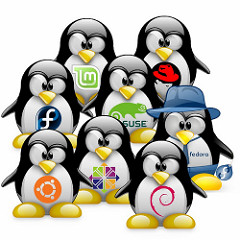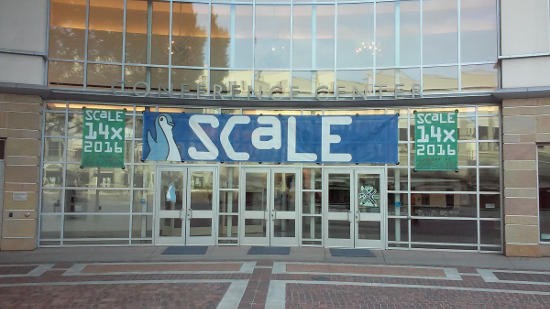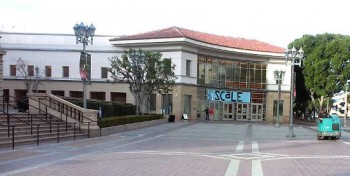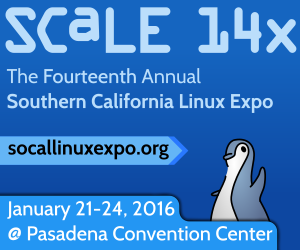I’ve been smug about it for years now. No, smug doesn’t really cover it. “Haughty” might be a closer match. Now there’s an old school word: Haughty. It was used in a time when every other sentence didn’t contain a hyperbolic term or a phrase.
“Man, that movie was awesome!”
No, that movie wasn’t awesome. It might have been extremely entertaining or thought-provoking, but it wasn’t awesome. The overwhelming swell within you when you first see the Milky Way out in the middle of nowhere with no light pollution, that is awesome. An F5 tornado rending a human body part down to slimy, unrecognizable DNA, now that’s awesome. Watching Jupiter take one for the home team here on earth, thusly avoiding an extinction-level event, that was awesome. Awesome is when you have no words or ability to say words.That’s what awesome is
Regardless of how I parse it, the fact is that as a Linux user, I felt just a wee bit sorry for my Windows brethren and probably a wee bit superior. All that chugging and churning their computers went through several times a week while their antivirus software brought their machines to their knees….
Not me. I’m a Linux user.








 This is the second time in three years that IT-oLogy’s longest running conference has been cancelled. In 2014 the event was cancelled, evidently due to logistical problems as IT-oLogy was in the process of launching the first
This is the second time in three years that IT-oLogy’s longest running conference has been cancelled. In 2014 the event was cancelled, evidently due to logistical problems as IT-oLogy was in the process of launching the first 

 Linux Foundation adopts plantation model: The biggest FOSS story this week came on Wednesday when free software activist and Linux kernel developer Matthew Garrett made public that on last Friday the Linux Foundation had
Linux Foundation adopts plantation model: The biggest FOSS story this week came on Wednesday when free software activist and Linux kernel developer Matthew Garrett made public that on last Friday the Linux Foundation had 
